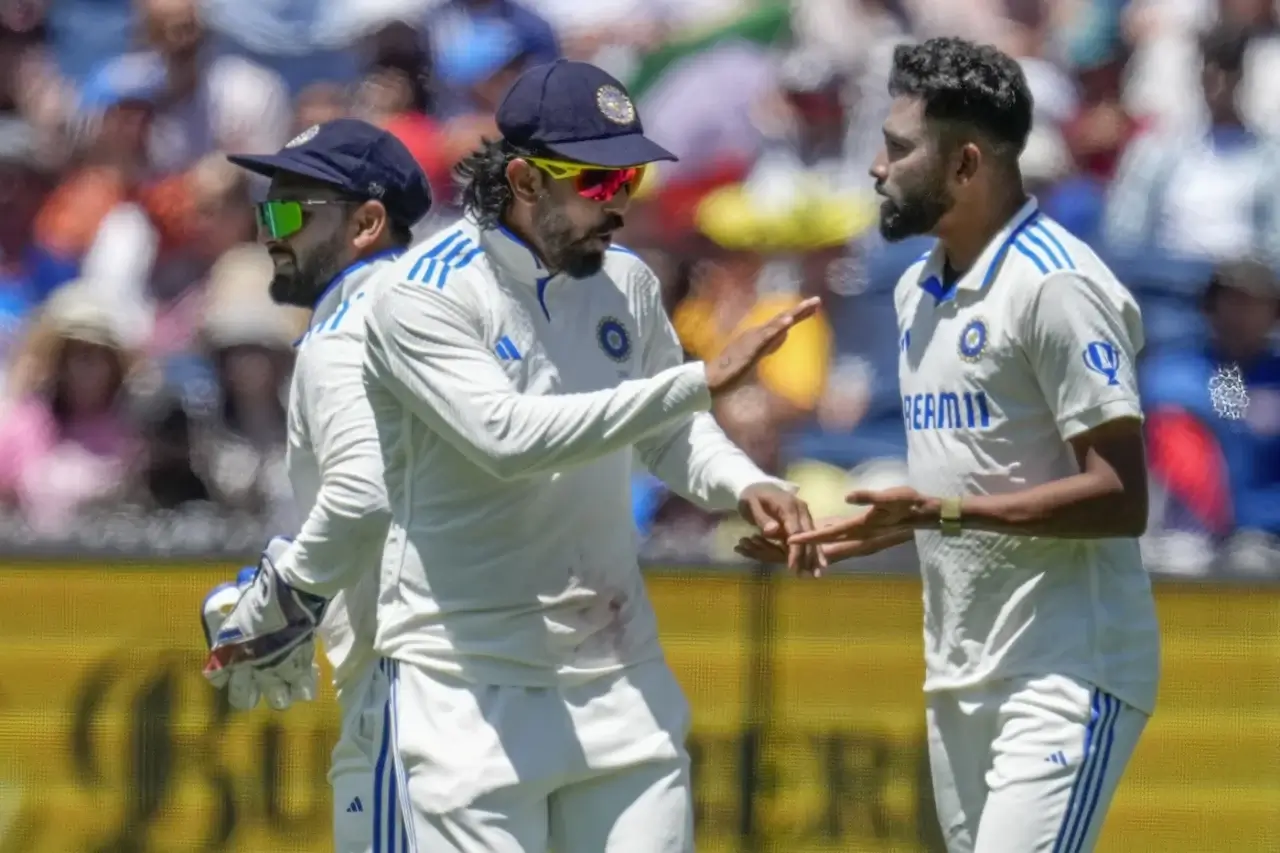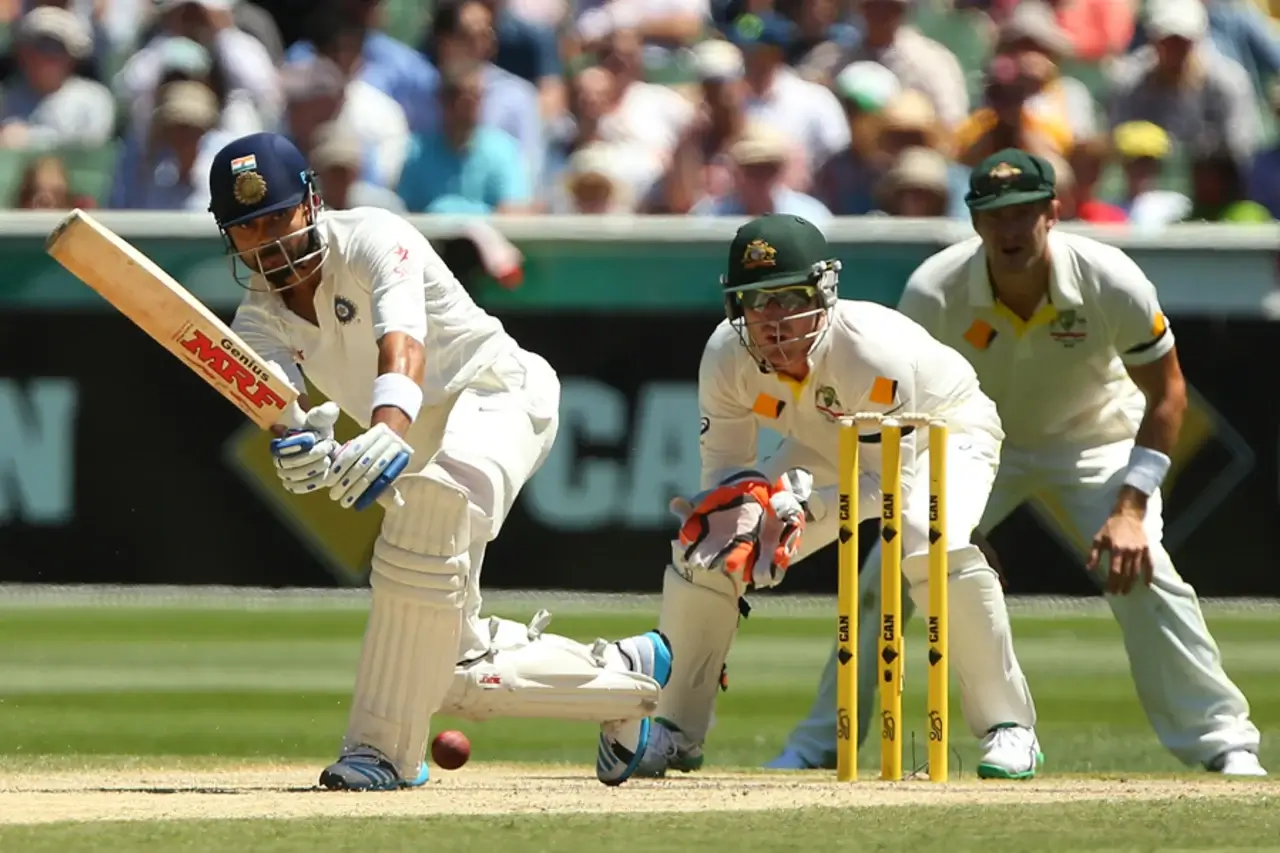Cricket is changing, and the ICC is behind it! The International Cricket Council (ICC) has rolled out new rules starting June 2025. These updates make the game faster, fairer, and more fun. They cover Test cricket changes, ODIs, and T20Is too, let’s look at the ICC Cricket Rule Changes that have been done by the council.
Some rules, like the stop clock in Test cricket, are already here. Others, for white-ball cricket updates, start on July 2. This article explains them in easy words. It’s perfect for fans who love cricket rule explanations. From time limits to review tweaks, there’s a lot to learn. These changes affect players, umpires, and you—the fan! We’ll break them down simply. No complicated stuff here—just clear info, like the CT 2025.
Ready to understand the new cricket rules? Let’s jump into the big updates. You’ll see how they shape your favorite game.
Stop Clock Speeds Up Test Cricket
Test cricket can feel slow sometimes. Teams often take too long between overs. The ICC added a stop clock to fix this. It’s a simple rule to keep things moving.
Here’s how it works: after an over ends, the fielding team gets one minute. They must start the next one over by then. If they’re late, umpires give two warnings. After that, it’s a five-run penalty each time. This started in the 2025-27 World Test Championship. You’ll see the clock on the big screen. It counts up from 0 to 60 seconds. It’s already used in ODIs and T20Is.
The stop clock in Test cricket makes games faster. Fans get more action, less waiting. Teams have to plan better and stay quick. It’s a big win for Test cricket changes.
Imagine a match where bowlers dawdle. The clock ticks, and runs are lost. It keeps everyone on their toes. This rule is all about excitement and fairness.
Saliva on the Ball? No Automatic Swap Now
Players used to shine balls with saliva. Then COVID-19 stopped that for safety. The saliva ban in cricket stayed, but there’s a new rule. Umpires don’t always change the ball now.
Before, saliva use meant a new ball right away. Now, umpires check the ball first. If it’s too wet or shiny, they swap it. If not, the game goes on. This stops teams from cheating with a new ball. If saliva changes the ball’s behavior, no swap happens. But the batting team gets five runs. It’s up to the umpires to decide, like in big upsets.
This keeps the game fair and smooth. Fewer stops mean more playtime. Fans enjoy uninterrupted action. It’s a smart tweak to ICC regulations.
Say a bowler uses saliva by mistake. Umpires check and keep the ball if it’s fine. No tricks allowed here!
DRS Gets Smarter With New Rules
The DRS review changes help teams challenge calls. It uses tech to check umpires’ decisions. The ICC made it better with a new twist. It’s about close calls.
Picture this: a batter’s out caught behind. They review it, thinking it hit their pad. The review shows no bat contact. Then, the umpire checks for LBW. Before, an “umpire’s call” meant not out. Now, the original “out” call sticks. If it’s the umpire’s call, the batter’s out. This makes reviews more consistent.
It could mean more outs in tight moments. Fans need to know this change. It’s part of the new cricket rules. Reviews matter more now.
For example, a ball clips the stumps. It’s the umpire’s call, so the batter’s gone. It’s fairer and clearer #ICC’s New Cricket Rules for 2025: What You Need to Know – Cricket fans, get ready for some big changes! The International Cricket Council (ICC) has announced new rules starting June 2025. These updates make cricket faster, fairer, and more fun. They affect Test matches, ODIs, and T20Is.
Some rules are already live, like the stop clock in Tests. Others, for white-ball games, start on July 2. This guide explains them simply for all fans. We’ll cover everything from time limits to review changes.
Whether you’re a big fan or just curious, you’ll get it. These new cricket rules change how the game works. They’re here to keep cricket exciting. Let’s dive into what’s new!
Stop Clock Speeds Up Test Cricket
Test cricket can be slow sometimes. Teams often take too long between overs. The ICC added a stop clock to fix this. It keeps the game moving fast.
After an over, the fielding team gets one minute. They must start the next one over by then. If they’re late, umpires give two warnings. After that, it’s five runs off each time. This started in the 2025-27 World Test Championship. You’ll see the clock on big screens. It counts from 0 to 60 seconds. It’s already in ODIs and T20Is.
The stop clock in Test cricket cuts waiting time. Fans see more action instead. Teams have to stay quick and smart. It makes Test cricket changes better for everyone.
Imagine a slow match speeding up. The clock ticks, and runs are at stake. It’s all about keeping things fun. This rule is a game-changer!
No Auto Ball Swap for Saliva Use
Players once shined balls with saliva. COVID-19 stopped that for safety reasons. The saliva ban in cricket is still on. But now, the ball doesn’t always change.
Before, saliva use meant a new ball fast. Now, umpires check the ball’s condition. If it’s too wet or shiny, they swap it. If not megakeys, the game keeps going. This stops teams from cheating with a new ball. If saliva messes with the ball, no change happens. The batting team gets five runs instead. Umpires decide what’s fair and what’s not, as it happened in the ongoing series between Bangladesh and Sri Lanka.
It keeps the game smooth and honest. Fans enjoy fewer breaks. It’s a clever ICC regulation. No sneaky tricks allowed here!
DRS Gets a Fresh Update
The DRS review changes help teams check calls. It uses tech to fix mistakes. The ICC tweaked it for tricky spots. It’s simpler but smarter now.
Say a batter’s out caught behind. They review, thinking it’s their pad. The review shows no bat hit. Then, umpires check for LBW. Before, “umpire’s call” kept them in. Now, the first “out” call holds. If it’s the umpire’s call, they’re out. This makes reviews sharper.
It might mean more outs in close games. Fans should watch these moments. It’s a big new cricket rule. Every review counts more now!
Combined Reviews Go Step-by-Step
Sometimes, one play has two checks. Like an LBW and a run-out together. The ICC changed how these work. They’re now in order.
Before, umpires reviewed their part first. Now, it’s what happened first. If LBW is out, the run-out doesn’t matter. If not, they check it next. This keeps things clear and fair. No mix-ups in big calls. It’s part of cricket rule explanations. Fans can follow along more easily.
Say there’s an LBW, then a run-out. Review the LBW first. If it’s out, game over. It’s all about being right, like Australia did in big matches.
No-Ball Catches Get Full Check
A catch happens, but is it clean? Then, it’s a no-ball too. The old rule skipped the catch check. Now, umpires look at both. If the catch is good, the batter’s out. The batting team gets a no-ball run. If it’s not clean, they stay. Either way, runs add up.
This makes the no-ball review rules fairer. Every part gets judged right. Fans see better calls. It cuts out arguments, too. Picture a diving catch and a no-ball. Both get checked now. It’s fair for all. The game stays true to that of South Africa and England.
Short Runs Face Tough Rules
Batters sometimes cheat on runs. They don’t finish one on purpose. The ICC cracked down on this. It’s stricter now.
Before, it was a five-run penalty. Now, fielders pick who bats next. Plus, the five runs still go. It’s a double hit. This stops sneaky, deliberate short-run penalties. Teams play fair or lose big. Umpires watch closely. It keeps cricket honest. Imagine a batter faking a run. Fielders choose, and runs drop. It’s a lesson fast. Fair play wins here!
What’s a Deliberate Short Run?
A deliberate short run is cheating. Batters act like they ran more. But they don’t touch the line. It’s to trick umpires. The ICC says no way. They lose runs and control. It’s simple but strict. Cricket stays clean this way!
Domestic Cricket Tests Replacements
In domestic first-class games, injuries hurt. The ICC is trying something new. A full replacement can step in. It’s just a test for now.
If a player breaks a bone, swap them. The new player bats or bowls like them. It’s only for big injuries. Boards choose if they use it. This keeps domestic cricket trials even. Teams don’t suffer from bad luck. Fans see full-strength play. It might grow later!
T20I Powerplay Gets Precise
In T20Is, the powerplay is six overs. Only two fielders stay out then. If rain cuts the game, it shifts. Now, it’s exact to balls.
Before, it rounded to overs. An eight-over game got two overs. Now, it’s 2.2 overs. It fits the game’s size better. This T20I powerplay update balances things. Teams plan with precision. Fans see fairer fights, like a godfather. It’s a small tweak with impact!
Conclusion
The ICC’s latest cricket rules shake things up! From the stop clock in Test cricket to DRS review changes, it’s all new. Some started in June 2025. White-ball tweaks hit July 2. These updates speed up play and fix calls. They make cricket more fun to watch. Fans get clear, exciting games, like the Indian final against New Zealand.
Keep an eye on these cricket updates in 2025. They’re here to stay and grow. The ICC wants the best for us. Enjoy the new cricket vibe!
















